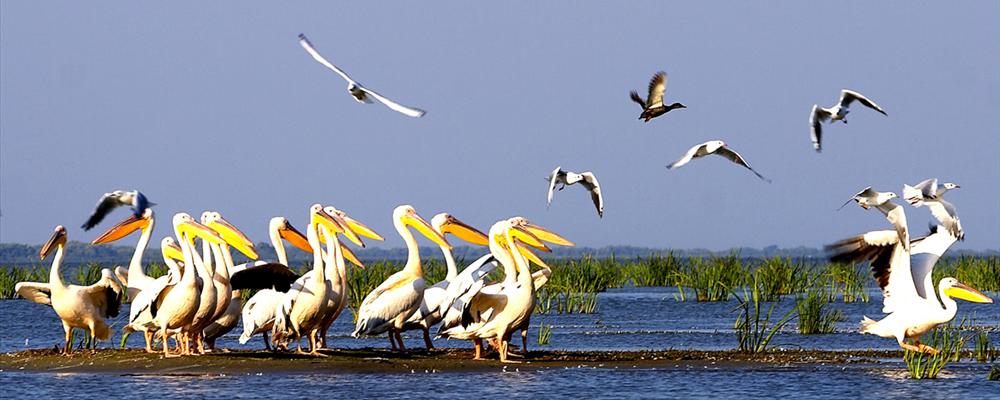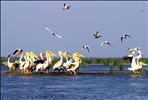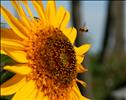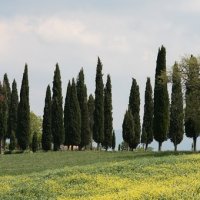
The Danube Delta
( 1 user review )General
The Danube delta hosts over 300 species of birds as well as 45 freshwater fish species in its numerous lakes and marshes.
The Danube Delta (Romanian: Delta Dunării; Ukrainian: Дельта Дунаю, Del'ta Dunaju) is the second largest delta in Europe, after the Volga Delta, and is the best preserved on the continent . The greater part of the Danube Delta lies in Romania (Tulcea county), while its northern part, on the left bank of the Chilia arm, is situated in Ukraine (Odessa Oblast). The approximate surface is 4152 km², of which 3446 km² are in Romania. If the lagoons of Razim-Sinoe (1015 km² of which 865 km² water surface; situated in the south, but attached to the Danube Delta from geological and ecological perspectives, as well as being the combined territory of the World Heritage Site) are to be added, the considered area of the Danube Delta grows to 5165 km².
The Danube branches into three main arms into the delta, Chilia, Sulina, and Sfântu Gheorghe. The first two branches form the Tulcea arm, which continues as a single body for several kilometers after the separation with Chilia arm. At the mouths of each arm alluvionary processes take place, as a sign that the delta is continuing its expansion.The Danube Delta falls within east European steppe ecosystem, with Mediterranean influences. As a young region in full process of consolidation, the Danube Delta represents a very favourable place for the development of highly diverse flora and fauna, unique in Europe, with numerous rare species. It hosts 23 natural ecosystems, but due to the extent of wetlands the aquatic environment is prevalent; the terrestrial environment is also present on the higher grounds of the continental levees, where xerophile ecosystems have developed. Between the aquatic and terrestrial environments, is interposed a swampy, easily flooded strip of original flora and fauna, with means of adaptation for water or land, depending on the season or the hydrological regime. At the contact between freshwater and sea water, some special physical, chemical and biological processes take place, which determined biologists to consider this area as a very different ecosystem called beforedelta. Musura Gulf, north of Sulina, and Sfântu Gheorghe Gulf are considered the most representative for this type of ecosystem.
Situated on major migratory routes, and providing adequate conditions for nesting and hatching, the Danube Delta is a magnet for birds from six major eco-regions of the world, including the Mongolian, Arctic and Siberian. There are over 320 species of birds found in the delta during summer, of which 166 are hatching species and 159 are migratory. Over one million individuals (swans, wild ducks, bald coots, etc.) winter here.
Contact & location
Tulcea, Romania
1 Review
Add your review
The photos displayed on this page are the property of one of the following authors:
ION BEZERGHEANU / DIGITART, Fire_Eyes, Alastair Rae
Some photos courtesy of:
 ,
,  . The photos provided by Flickr, Panoramio are under the copyright of their owners.
. The photos provided by Flickr, Panoramio are under the copyright of their owners.
This travel guide also includes text from Wikitravel articles, all available at  View full credits
View full credits
This travel guide also includes text from Wikipedia articles, all available at  View full credits
View full credits





















I liked
one of the best places, not only in spring (birdwatching) or summer, but also in winter!I disliked
Nothing